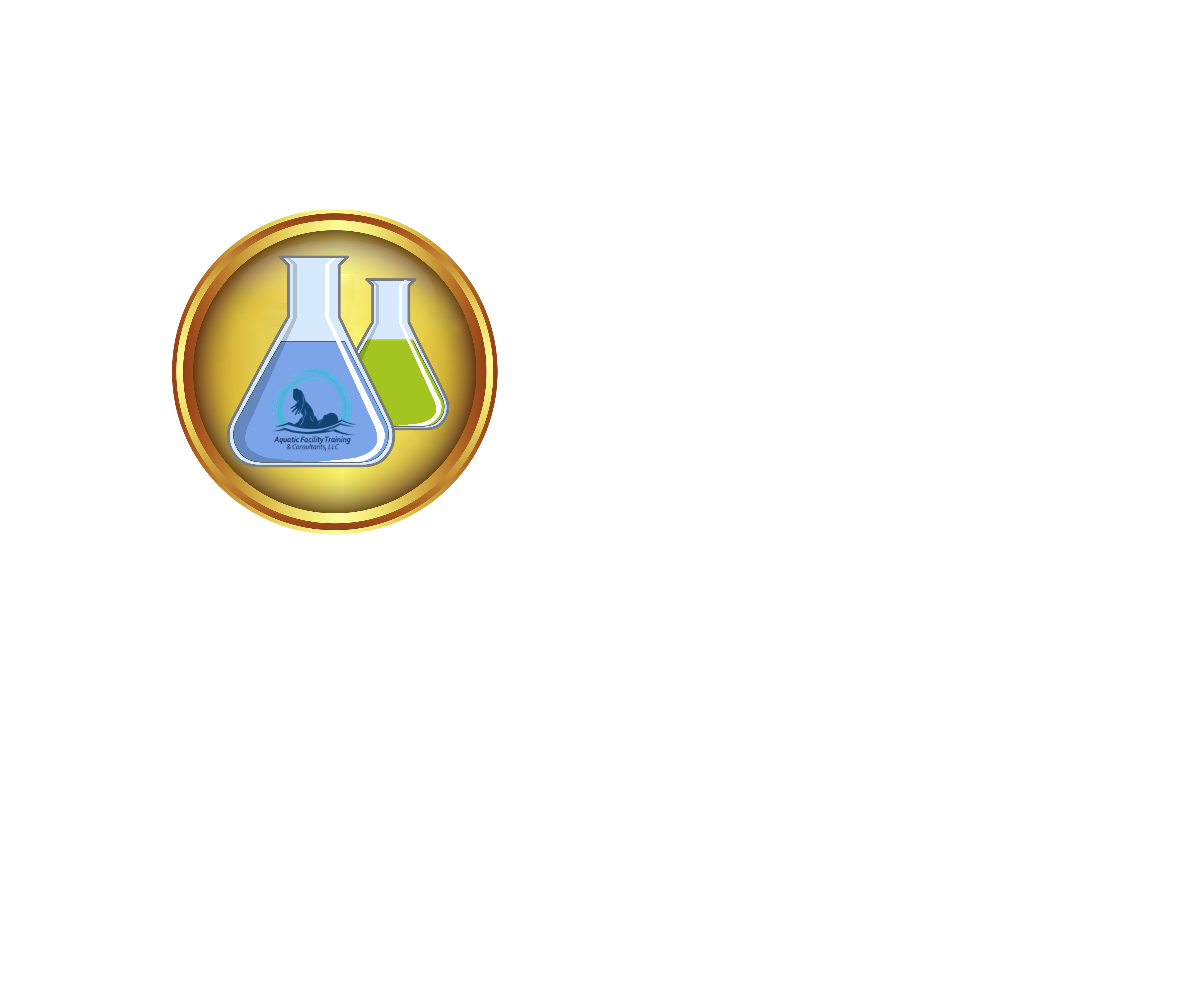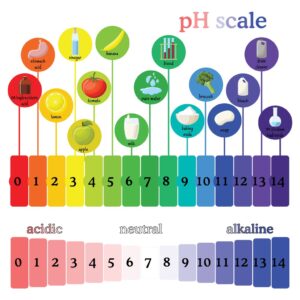You are probably familiar with the effect of cyanuric acid on the effectiveness of chlorine. Or, at least, the myth of chlorine lock. Regardless, we agree that the subject gets a tremendous amount of attention. We can also agree that pool professionals don’t often see eye to eye on the subject. Still, the biggest issue is not whether or not CyA (cyanuric acid) level restricts the chutzpah of hypochlorous acid. It’s the failure to calculate Carbonate Alkalinity.
Although cyanuric acid was first synthesized by Friedrich Wöhler in 1829, (by the thermal decomposition of urea and uric acid), it wasn’t used as a chlorine stabilizer for swimming pools until much later.
Marcelle Dibrell, Service Industry News
The genuine concern is in the failure to account for this byproduct of the heat degradation of urea in its contribution to TA (Total Alkalinity). Our testing picks up a bit more than we need. That little extra (sometimes a lot) can leave us in a stealth corrosive water situation. Total Alkalinity is the measure of carbonates, bicarbonates, hydroxides, and cyanurates. Unfortunately, when dealing with swimming pool water, it is only the Carbonate Alkalinity; we need the Total Alkalinity minus the contribution of cyanurates.
Carbonate Alkalinity
This is similar to the difference between Total Hardness and Calcium Hardness and how in water balance, we use the adjusted version versus the total. We do not want Total Alkalinity or Total Hardness. This is also part of the reason test strips are taboo. Total Hardness is the measurement of both calcium and magnesium. We can isolate the calcium hardness in a titration test by skyrocketing the pH (20 drops of R-0010-C). This is essential because magnesium can be as much as 25% or more of that Total Hardness measure. Test strips cannot eliminate magnesium from the result and provide us with a number that we cannot use.
Top 60 Swimming Pool Blogs on Feedspot: Click Here
Contribution of Cyanuric Acid
Regrettably, no such test for Carbonate Alkalinity exists. To account for and eliminate cyanuric acid’s contribution to Total Alkalinity, we have a simple mathematical equation that does the trick. The formula is as follows.
TA – (CyA ÷ 3) = Carbonate Alkalinity
We subtract 1/3 of the cyanuric acid ppm (parts per million) tested in our customer’s pool water from the ppm of Total Alkalinity tested in that same swimming pool. This new number (Carbonate Alkalinity) is the value we should use for ALL adjustments, including your LSI (Langelier Saturation Index) water balance calculations.
Etching of plaster
Pool water needs to be saturated with calcium and carbonate to be unaggressive. Otherwise, the water will dissolve what is necessary to meet that demand from the pool plaster (etching). Vinyl pools are not off the hook as vinyl manufacturers are now using calcium carbonate for manufacturing their products. In cases of imbalanced LSI, degradation will occur losing this ‘ingredient’ to the water it holds.
Although not the cause, cobalt staining in fiberglass pools and spas can augment in water with lower calcium hardness levels.






